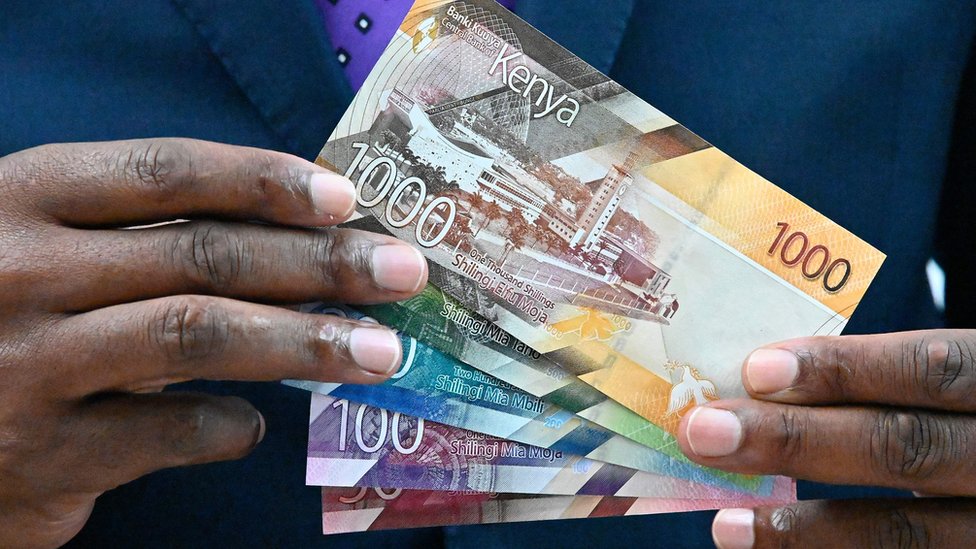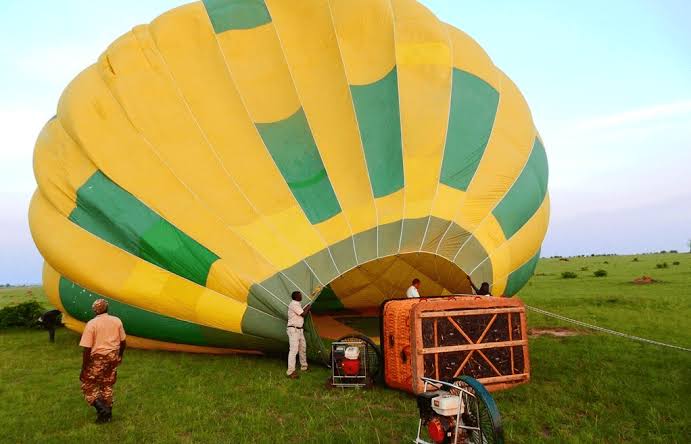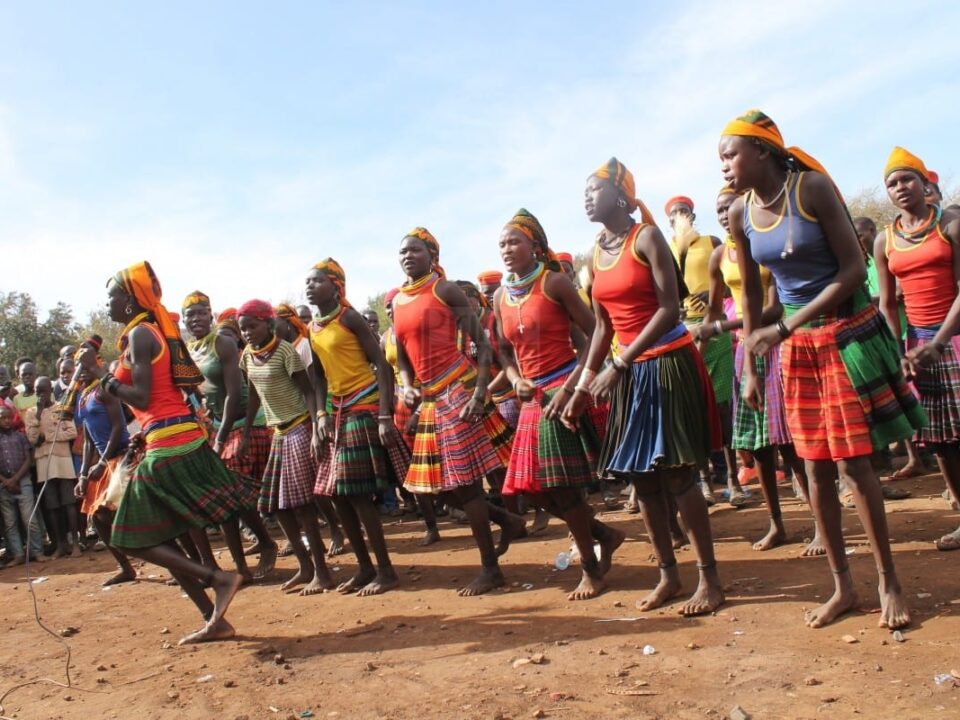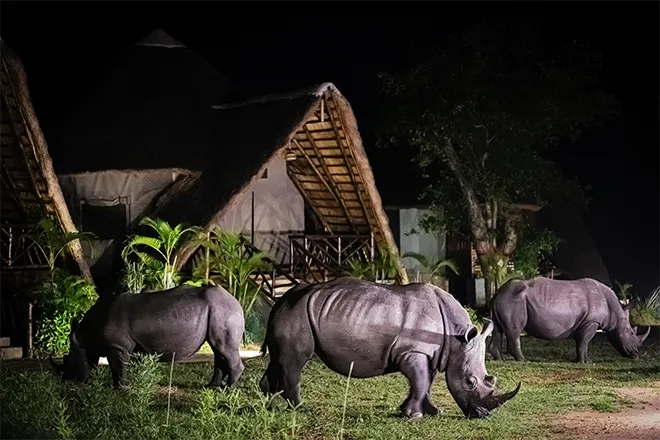- GET IN TOUCH WITH US:
- +256 753518160
- +256 777842166
- info@experiyatourcompany.com

How safe is it to travel in Kenya?
November 20, 2025
Can I pay with credit cards at lodges?
November 20, 2025What Currency Is Used in Kenya?
When planning a safari or holiday to Kenya, one of the most important questions travellers ask is: What currency is used in Kenya? Whether you’re preparing to explore the legendary Maasai Mara, visit the elephant-rich plains of Amboseli, trek through Samburu’s rugged landscapes, or relax on the turquoise shores of Diani Beach, understanding the local currency helps you budget, pay for services, and enjoy a smooth, stress-free experience.
Kenya’s official currency is the Kenyan Shilling, abbreviated KES. It is widely used across the country for everything from transportation and meals to shopping, tipping, and local services. While major hotels and safari lodges accept credit cards and, in some cases, USD, having Kenyan shillings on hand ensures convenience and often better pricing.
This comprehensive guide explains everything you need to know about currency in Kenya: denominations, exchange methods, payment methods, tipping guidelines, mobile money, when to use KES versus USD, safety tips, and essential advice for safari travellers.
Overview of the Kenyan Shilling (KES)
The Kenyan Shilling is the official currency of Kenya and has been in circulation since 1966. It is managed by the Central Bank of Kenya, which oversees regulation, printing, and monetary policy.
Currency Symbol:
KES or KSh
Currency Subunit:
1 Kenyan Shilling = 100 cents
However, cents are rarely used today, as inflation and rounding practices have made them largely obsolete.
Currency Denominations:
Coins:
1 KSh
5 KSh
10 KSh
20 KSh
40 KSh (less common)
(Though smaller coins exist, they are rarely used.)
Banknotes:
50 KSh
100 KSh
200 KSh
500 KSh
1,000 KSh
All notes feature notable Kenyan landmarks and wildlife, including elephants, lions, and famous buildings.
Where KES Is Used
Kenyan Shillings are used in:
Shops
Restaurants
Local markets
Taxis and transport
Supermarkets
Fuel stations
Local flights (when paying cash)
National parks and local fees
Tips for guides and staff
Even if USD is accepted in some tourism environments, KES remains the most practical currency for everyday use.
Can You Use USD in Kenya?
Yes, but only in certain situations.
US dollars are widely accepted at:
Safari lodges
High-end hotels
Tour companies
Airports
National park entrance fees
Luxury restaurants
However, USD is not commonly accepted in:
Street markets
Local restaurants
Supermarkets
Taxis
Shops outside tourist hubs
Important:
Kenya only accepts new USD bills printed from 2009 onward because older bills are prone to counterfeiting and are often rejected by banks.
Which Currency Should You Use as a Traveller?
The best approach is to carry both USD and KES, depending on the purpose.
Use USD For:
Safari lodge payments
Domestic flight bookings
Park fees
Hotel bills
Large purchases
Tips in luxury establishments
Use KES For:
Local shopping
Smaller tips
Meals in towns
Taxis and transport
Market items
Everyday spending
Street vendors
Local supermarkets
Having a mix ensures ease and flexibility.
How to Get Kenyan Shillings
There are several safe methods to obtain the local currency.
1. ATM Withdrawals (Most Convenient)
Using ATMs in Kenya is the easiest and often cheapest method to get cash.
ATMs are available in:
Nairobi
Mombasa
Kisumu
Safari gateways (Nanyuki, Naivasha)
Major shopping malls
Some airports
Kenyan ATMs typically accept:
Visa
Mastercard
Plus
Cirrus
ATM limits usually range from:
KES 20,000 to 40,000 per withdrawal
Check your bank’s international withdrawal fees before travel.
2. Currency Exchange Bureaus
Exchange bureaus offer competitive rates and no hidden fees.
Best places for exchange:
Jomo Kenyatta International Airport (JKIA)
Nairobi’s major malls
Forex bureaus in tourist areas
Avoid exchanging large amounts at hotels—they often have higher rates.
3. Banks
You can exchange money at Kenyan banks, but:
Lines are longer
Rates are slightly lower
Processes are slower
Only recommended if other options fail.
4. Bring Some USD from Home
Always carry a small amount of USD in case of:
Emergencies
Late-night arrivals
Unexpected fees at borders
Credit and Debit Cards in Kenya
Cards are widely accepted in:
Safari lodges
Hotels
High-end restaurants
Big shopping malls
Car rentals
Most establishments accept:
Visa
Mastercard
American Express (less common)
Important Tips:
Expect a 3–5% card fee at some safari lodges
Carry cash for places that don’t accept cards
Keep an extra card as backup
Notify your bank of travel plans to avoid blocks
Mobile Money: M-Pesa (A Kenyan Innovation)
Kenya is globally famous for M-Pesa, one of the world’s most successful mobile money systems.
With M-Pesa, you can:
Pay bills
Send money
Buy goods
Pay taxis (including Uber)
Pay street vendors
Travellers can use M-Pesa through:
A local SIM card
Partner services
Safaricom kiosks
Many lodges and shops now accept M-Pesa as a fast, secure method.
Typical Costs in Kenya (Using KES)
Understanding daily costs helps you determine how much cash to carry.
Average local expenses:
Cup of tea/coffee: KSh 150–300
Casual lunch: KSh 500–1,000
Taxi ride (Nairobi): KSh 500–1,500
Souvenirs at markets: KSh 1,000–10,000
National park fees: USD $70–$100 (paid in USD)
Safari travellers generally spend:
KSh 2,000–8,000 per day in cash for small expenses
Are Traveller’s Cheques Accepted?
No.
Traveller’s cheques are now obsolete in Kenya. Hotels, banks, and bureaus no longer process them.
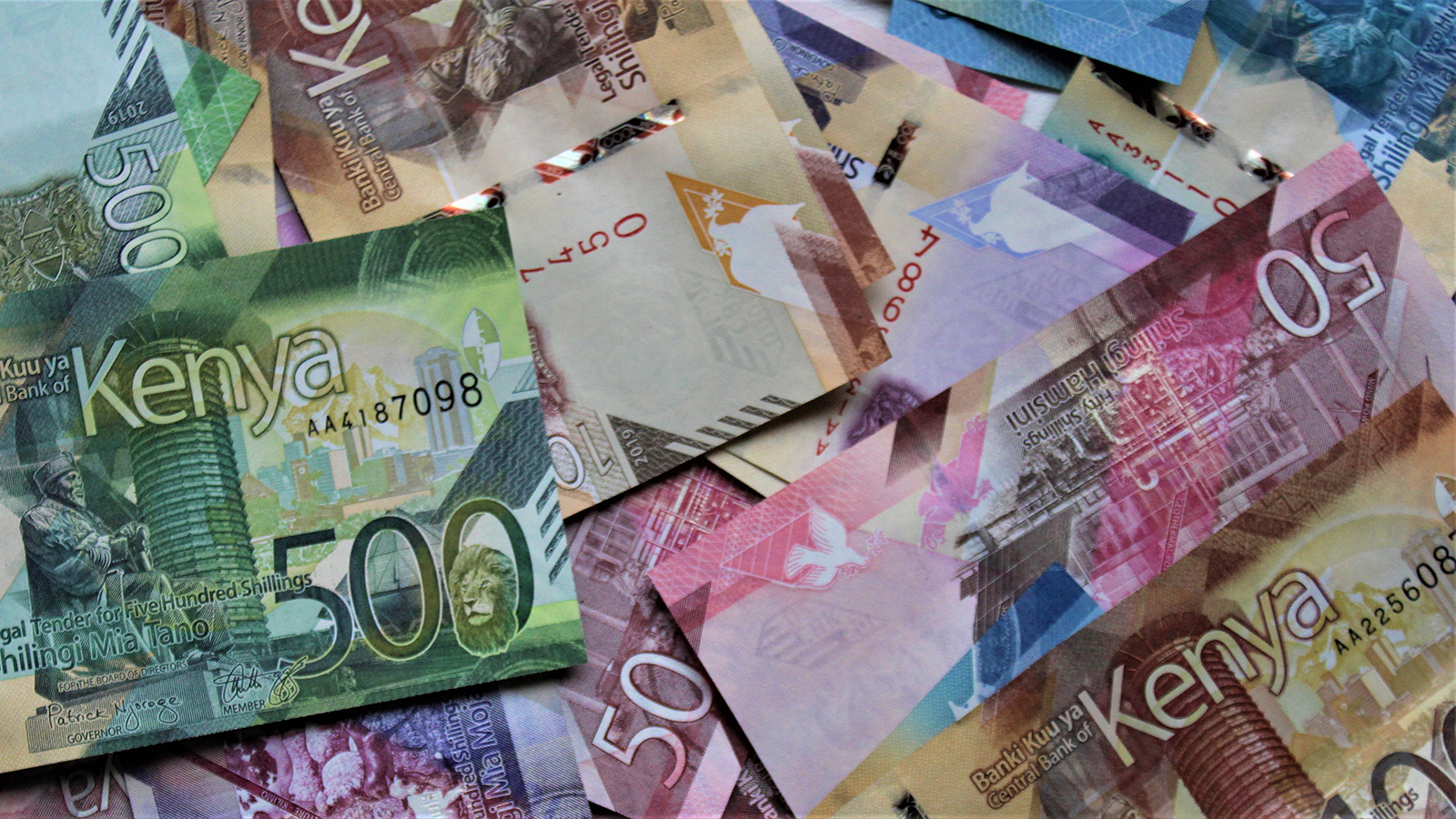 Tipping in Kenya: KES or USD?
Tipping in Kenya: KES or USD?
Both are accepted, but KES is often more useful for local staff.
Tipping Guidelines:
Safari guides: USD $10–$20 per person per day
Camp staff: USD $5–$10 per person per day
Porters: KSh 100–200
Drivers: KSh 200–500
Restaurant tip: 5–10%
If you use USD, ensure you carry clean, recent bills.
How Much Cash Should Safari Travellers Carry?
While most major expenses are prepaid through safari companies, you’ll still need cash for:
Tips
Souvenirs
Meals in cities
Small purchases
Local taxis
Airport snacks
Recommended:
Bring USD $200–$400 in cash
Withdraw KSh 10,000–20,000 for everyday use
Counterfeit Currency Awareness
Though rare, counterfeit shillings can exist. To stay safe:
Exchange only at official bureaus
Avoid suspicious street money changers
Check notes for watermarks and security strips
ATMs and banks only dispense authenticated currency.
Spending Money in Remote Safari Camps
Most safari lodges:
Accept credit cards
Allow cash payments (USD or KES)
Accept tips in both currencies
Generate digital invoices
Keep small amounts of change
However:
Some remote conservancies prefer M-Pesa
Cash helps in remote regions where card systems may be unstable
Can You Spend Leftover Shillings at the Airport?
Yes, you can use Kenyan shillings for:
Food
Souvenirs
Coffee
Snacks
Duty-free (in some cases)
Or you can exchange them back to USD, though rates are lower.
Final Tips for Managing Currency in Kenya
Carry small denominations for markets
Break large notes at hotels or supermarkets
Keep money in a zipped pouch
Use hotel safes for extra cash
Do not carry large sums while walking outside
Have backup digital payment options
Use ATMs inside malls or banks for security
Mastering currency handling helps travellers avoid stress and enjoy Kenya more fully.
Final Thoughts: Kenya Uses the Kenyan Shilling—But Bring Some USD Too
Kenya’s currency system is straightforward: the Kenyan Shilling is the primary currency, and USD is widely accepted in the tourism sector. The smartest approach is to travel with both currencies, using each where it provides the most value. With the right mix of KES, USD, credit cards, and possibly M-Pesa, your safari experience becomes seamless and convenient.
Book Your Safari with Experiya Tour Company
For travellers who want a fully organized, stress-free safari experience—with guidance on budgeting, currency, tipping, and all logistical details—Experiya Tour Company is your trusted partner. Their expert team provides personalized itineraries, smooth payments, and professional assistance throughout your trip. Whether you’re exploring the Maasai Mara, Amboseli, Samburu, or Kenya’s magical coastline, Experiya ensures your journey is unforgettable, comfortable, and perfectly planned. When organizing your Kenya safari, trust Experiya Tour Company to handle every detail with excellence.

